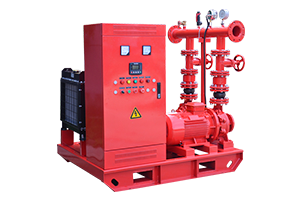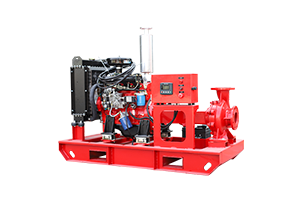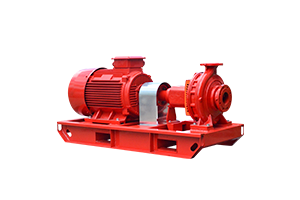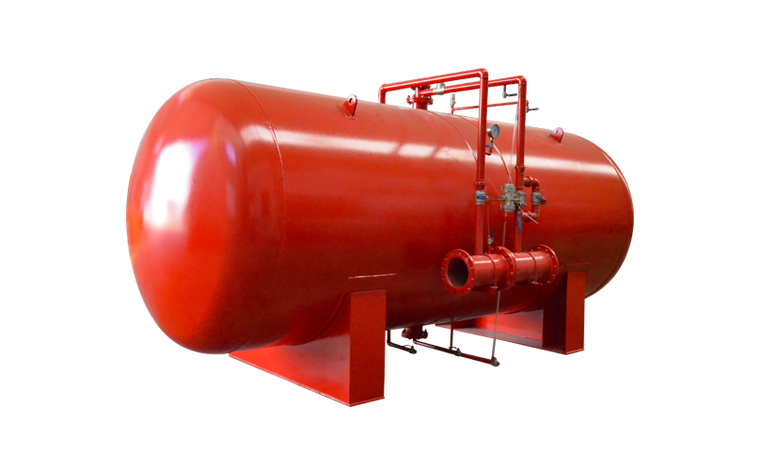How to Handle Fire Pump Emergency Shutdown Scenarios
Fire pumps play a critical role in fire safety systems, ensuring reliable water supply during emergencies. However, unexpected shutdowns can compromise safety and escalate risks. In this guide, we outline key steps to identify, address, and prevent fire pump emergency shutdowns, helping you maintain operational reliability and compliance.
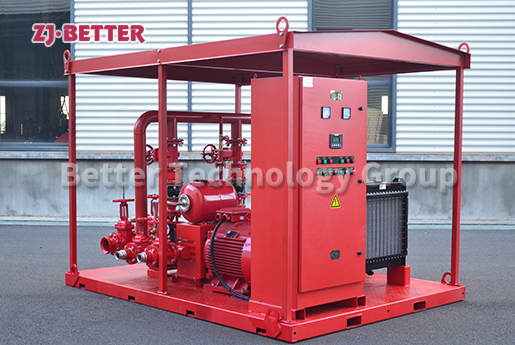
1. Recognize the Warning Signs
Understanding potential warning signs can prevent a complete shutdown. Look for:
- Unusual noises or vibrations.
- Frequent pressure drops.
- Erratic or insufficient water flow.
Routine inspections and monitoring can help identify these issues early.
2. Common Causes of Emergency Shutdowns
Emergency shutdowns may stem from various causes, such as:
- Electrical Issues: Power surges, circuit trips, or motor failures in electric fire pumps.
- Mechanical Failures: Overheating, bearing failures, or pump impeller damage.
- Fuel Problems: For diesel pumps, fuel contamination or depletion can trigger shutdowns.
3. Immediate Actions During an Emergency Shutdown
When a fire pump shuts down unexpectedly, follow these steps:
- Assess the Situation: Confirm whether it’s a true emergency or a system malfunction.
- Switch to Backup Systems: If available, activate the jockey pump or auxiliary systems.
- Notify Relevant Teams: Alert facility management and the fire safety team immediately.
- Inspect and Troubleshoot: Conduct a quick check of electrical connections, fuel levels, and mechanical components.
4. Preventive Maintenance Practices
Proactive maintenance can significantly reduce emergency shutdown risks. Include the following in your routine:
- Weekly, monthly, and annual pump testing per NFPA 25 standards.
- Fuel quality checks and regular refills for diesel pumps.
- Inspection of electrical systems, lubrication, and seals.
5. Importance of UL and NFPA20 Compliant Pumps
Investing in UL-listed and NFPA20-compliant fire pumps ensures reliability under stringent conditions. These certifications demonstrate adherence to high safety and performance standards, reducing the likelihood of critical failures.
6. When to Call for Professional Assistance
If troubleshooting does not resolve the issue, contact a certified fire pump technician. Professional support ensures proper diagnostics and repairs, safeguarding your system.
Conclusion
An emergency shutdown can be stressful, but a structured response plan and robust maintenance practices will help mitigate risks. Always prioritize quality components and certified fire pump systems to enhance your fire safety measures.
At Better Pump, we specialize in UL-listed and NFPA20-compliant fire pump packages, including electric, diesel, and jockey pumps. Contact us for expert solutions tailored to your needs.

